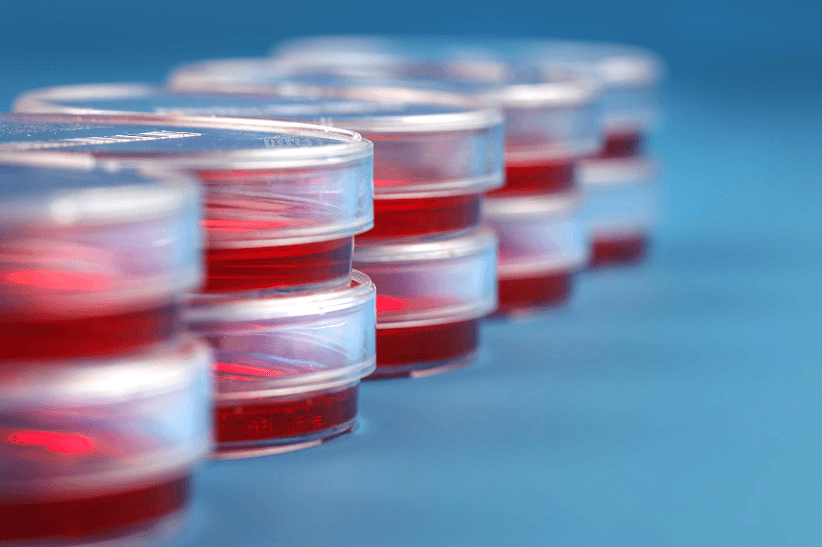Products can be contaminated by other previous products, by cleaning agents, by microorganisms or by other material (e.g. Air borne particles, dust, lubricants, raw materials, intermediates, auxiliaries). To avoid this contamination during manufacturing and Packaging process of pharmaceutical areas cleaning validation should be implemented.
The benefit of conducting cleaning validation is the identification and correction of potential problems, previously unsuspected which could compromise the safety, efficiency or quality of subsequent batches of product with the equipment.
A cleaning validation protocol should be design to meet all regulatory requirements.
The Procedure
The cleaning procedures should prove that relevant cleaning SOP’s can clean the manufacturing and Packaging equipment adequately and consistently and control potential carryover of previous product.
This also ensures that subsequent products will also be not contaminated with cleaning agent, microorganisms and extraneous material. To verify that cleaning processes must meet with the acceptance criteria rinse water and swab sample methods are used to ensure their effectiveness.
Methodology
First select the product for cleaning validation for manufacturing and packaging equipment. After processing the batch of the selected product the equipment are cleaned using relevant current issues of SOPs.
Physically check the equipment to confirm the absence of any smears after running equipment and visually inspect the equipment and its parts to ensure that it is clean.
Collect the rinse water & swabs from various parts of the equipment as per sampling plan for chemical testing. Collect the rinse water & swabs from various parts of the equipment as per sampling plan for microbiological analysis.
Collect the rinse water as per sampling plan for cleaning agent determination.
Estimate the content of active in swab as per the testing method.
Find the presence of cleaning agent in rinse water by measuring conductivity and pH.
Based on the acceptance criteria; calculate the amount of residue present in each rinse water & swabs and estimate probable contamination in the next product.
Swabbing
Swabbing should be conducted from the specified parts and with a surface area of 25 cm². Swabbing involves using swabs typically wiped over a defined area in a systematic multi-pass way always going from clean to dirty areas to avoid re-contamination – i.e. 25 side by side strokes vertically, 25 horizontally and 25 each with the flip side of the swab in each diagonal direction.
The Swabs are collected into the clean sample containers and labeled properly.
Additionally, residues that are “dried out” or are insoluble are sampled by physical removal.

Rinse Water Samples
Rinse water sample are collected after running the equipment for a few minutes. Sprinkle purified water throughout the equipment and collect rinse water from the equipment.
Cleaning Data
Cleaning data should be recorded for each equipment:

Investigation of Trail Failure
All failure must be fully investigated and documented and correct the cause. Use NCR (Non-Conformance Report), deviation, investigation report or CAPA (Corrective and Preventive Action) forms, etc.
Acceptance Criteria
A. Physical determination acceptance criteria
Physical particles should not be present during visual inspection.
B. Chemical determination acceptance criteria
a) No sample should contain more than
1/1000 x Lowest Therapeutic dose
b) No sample should contain more than Limits of Detection or Limits of Quantitation.
c) A general upper limit for the maximum concentration of a contaminating Product in a subsequent batch is set to 5-100 ppm depending on the nature of products (e.g. toxicity, pharmacological activity, at least 10 ppm is set as target).
C. Cleaning agent determination acceptance criteria
The traces of detergent should meet following criteria:
a. Conductivity = ≤ 5.1 µS/cm
b. pH = 5.0 – 7.0
D. Microbial determination acceptance criteria
Microbiological testing should meet the following criteria.
Total aerobic bacteria NMT 10³ CFU/ swab
Yeast and mould should NMT 10² CFU/ swab
E. Three consecutive trials must meet the acceptances criteria
Revalidation
Revalidation of your cleaning procedures should be examined if any of the following occurs.
- Change Cleaning Method
- Change Cleaning Process
- Change cleaning agent
- Change Equipment
- When Finding of Quality Control Results Indicate the Need.
- Change in Facility and / or Location of Manufacturing.
- Addition of New Product
- Addition of New Equipment
